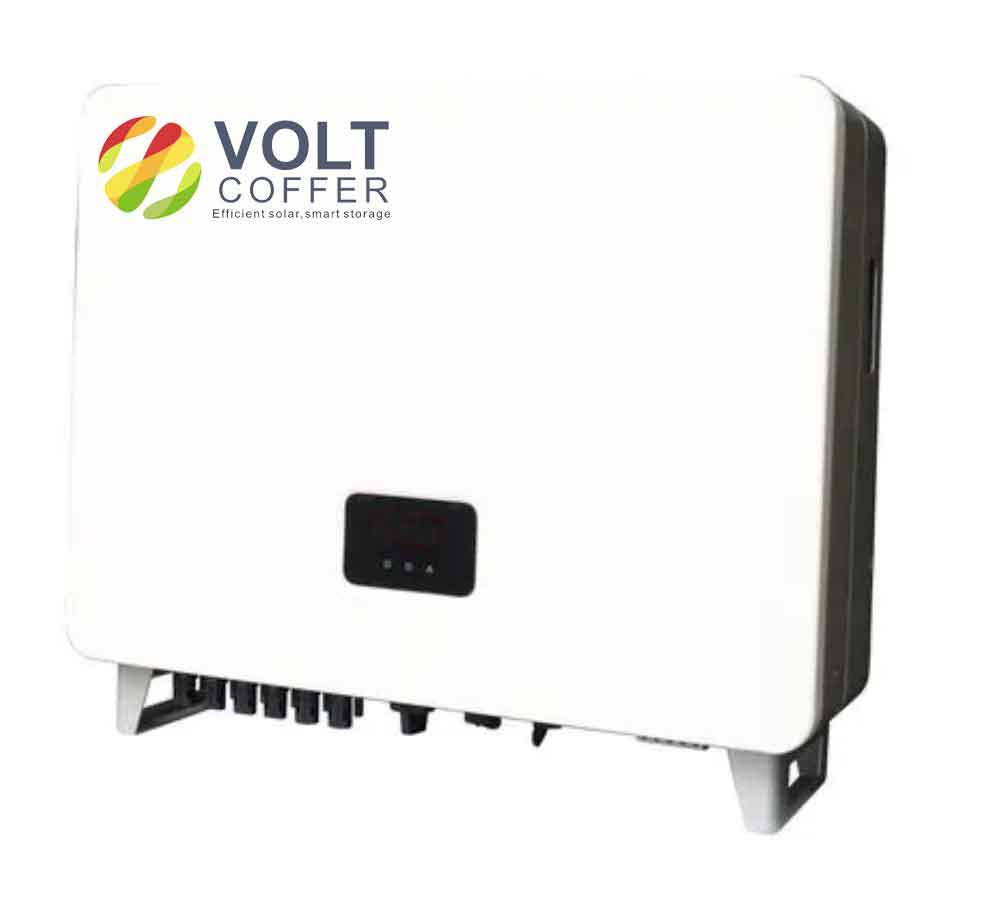The comparative performance analysis of islanding inverter under different environmental conditions is crucial for understanding how these devices can reliably function across various geographic and climatic areas. Such analysis helps optimize islanding inverter design and deployment strategies to ensure maximum efficiency and reliability. Here’s an overview of how islanding inverter can be evaluated and compared across different environmental settings:

Key Environmental Factors Affecting Inverter Performance
- Temperature:
- High temperatures can reduce the efficiency and lifespan of islanding inverter by causing thermal stress and component degradation.
- Low temperatures may affect start-up functionalities and reduce operational efficiency.
- Humidity:
- High humidity levels can lead to condensation and moisture ingress, potentially causing short circuits or corrosion of components.
- Solar Irradiance:
- Variability in solar irradiance, due to cloud cover or the angle of the sun, affects the amount of power generated and, consequently, islanding inverter’s operation.
- Dust and Debris:
- In areas with high levels of dust or airborne debris, islanding inverter can suffer from blocked cooling vents and reduced heat dissipation, impairing their performance.
- Altitude:
- At high altitudes, reduced air density can lessen the cooling efficiency of islanding inverter, impacting their thermal management.
Comparative Analysis Approach
- Experimental Setup:
- Install islanding inverter in different geographic locations with varying climatic conditions.
- Equip each installation with sensors to measure environmental conditions (temperature, humidity, solar irradiance) and islanding inverter performance metrics (efficiency, downtime, operational anomalies).
- Data Collection:
- Collect data over a significant period to capture seasonal variations.
- Monitor both the environmental conditions and the performance parameters of islanding inverter.
- Performance Metrics:
- Evaluate efficiency under varying temperatures and levels of solar irradiance.
- Assess the frequency and nature of faults or downtimes.
- Measure changes in performance due to environmental stresses like humidity and dust.
- Statistical Analysis:
- Use statistical tools to correlate environmental conditions with performance metrics.
- Identify trends, anomalies, and correlations that indicate environmental impacts on islanding inverter functionality.
- Reliability Testing:
- Conduct stress tests under extreme conditions to determine threshold limits for safe operation.
- Test long-term durability to forecast lifespan under different climatic conditions.
Potential Outcomes and Insights
- Optimal Geographic Deployment: Determine which islanding inverter models perform best in specific climates—e.g., models that are more robust against high temperatures might be preferred in tropical regions.
- Design Improvements: Insights from the analysis could lead to design modifications to enhance resistance to environmental stresses like cooling enhancements for hot climates or protective coatings for humid conditions.
- Maintenance Schedules: Develop tailored maintenance and inspection routines based on the environmental susceptibility of islanding inverter.
Conclusion
The comprehensive comparative performance analysis under different environmental conditions allows manufacturers and system designers to understand the limitations and capabilities of islanding inverter. Such knowledge not only improves the reliability and efficiency of solar power systems but also aids in making informed decisions about product development and deployment strategies, ultimately enhancing grid stability and renewable energy utilization worldwide.
